Metal hanger strap, a versatile and robust material, serves as an indispensable component in various construction and DIY projects. Its flexibility and strength make it an ideal choice for providing structural support and stability in different applications. Whether you’re securing ductwork, reinforcing pipes, or creating custom hangers for heavy items, understanding how to use metal hanger strap properly is key to ensuring a reliable and enduring result.
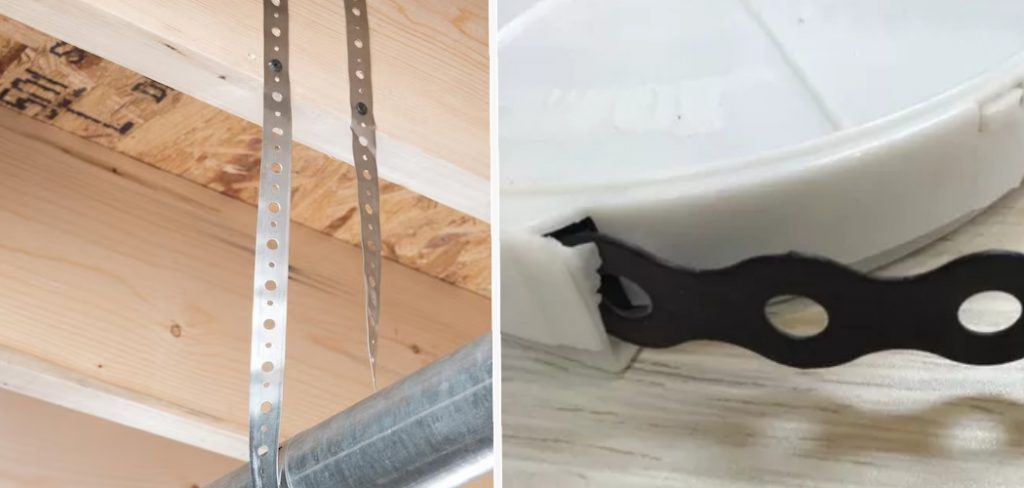
In this guide, we will delve into the essential techniques and considerations for effectively utilizing metal hanger strap. From selecting the appropriate type and size to implementing secure installation methods, this article aims to provide a comprehensive overview for both beginners and seasoned builders. Unlocking the full potential of metal hanger strap not only enhances the structural integrity of your projects but also offers a cost-effective and efficient solution for various suspension and support needs.
Purpose of Metal Hanger Straps
Metal hanger straps are an essential component in many construction projects, especially for HVAC (heating, ventilation, and air conditioning) installations. They are used to secure ductwork and other pipes to walls, ceilings, or beams. These straps are made of flexible metal that can withstand various temperatures and environmental conditions.
The primary purpose of metal hanger straps is to provide support and stability to the ductwork and pipes. When installed correctly, they prevent sagging or excessive movement of these components, which can cause damage or reduced efficiency in the system.
Moreover, metal hanger straps also help with noise reduction by dampening vibrations caused by air flow within the ducts. This is especially important in residential buildings where excess noise can disrupt daily activities and cause discomfort.
In addition to HVAC systems, metal hanger straps can also be used for other applications such as supporting electrical wires, plumbing pipes, and cable trays. They are versatile and can be easily adjusted to fit different sizes and shapes of objects.
10 Methods How to Use Metal Hanger Strap
1. Closet Organization
Metal hanger straps are a great tool for organizing your closet. You can use them to hang multiple items of clothing on one hanger, making it easier to keep your clothes organized and wrinkle-free. They also allow you to hang heavier items such as coats without worrying about the hanger bending or breaking.
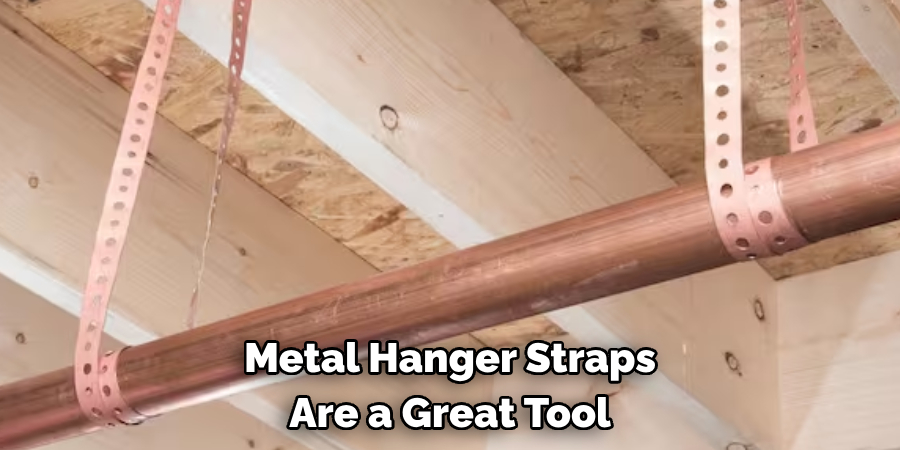
2. Garment Storage
Metal hanger straps can also be used to store garments that are out of season or not currently being worn. By attaching the straps to a wall or door, you can create an efficient storage system that will help keep your wardrobe organized and free from clutter.
3. Curtain Rods
Metal hanger straps can be used to create custom curtain rods for windows in your home. Simply attach the straps to the window frame, then add decorative finials and rings for a stylish look that is sure to draw attention.
4. Plant Hangers
Metal hanger straps make excellent plant hangers when used with hooks or other hanging hardware. This is a great way to add greenery and life to any room in your home without taking up valuable floor space.
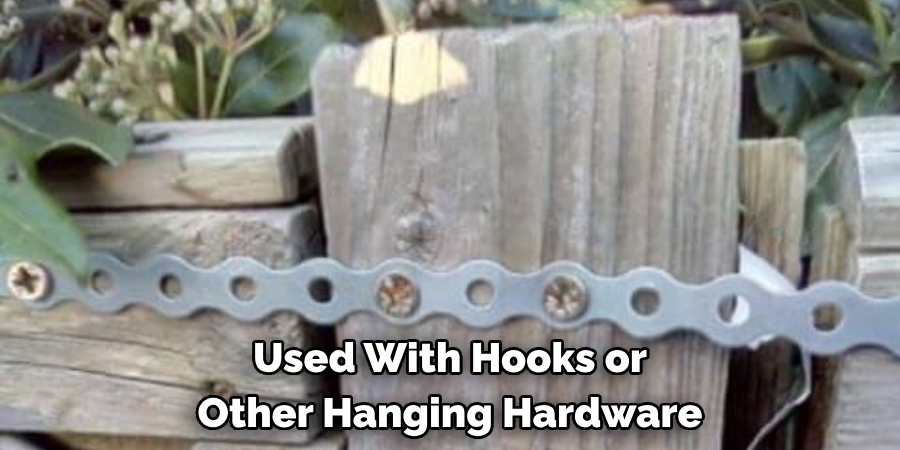
5. Wall Art Display
Metal hanger straps can also be used as an attractive way to display wall art in any room of your home. Simply attach the strap securely to the wall, then hang artwork from it using picture wire or string for a unique look that will draw attention from visitors and guests alike.
6. Picture Frames
Metal hanger straps can be used as an alternative way to hang picture frames on walls in your home or office space. Attach the strap securely, then use small nails or clips on each corner of the frame for easy installation and removal when needed without leaving behind any holes in the wall surface.
7. Jewelry Storage
Metal hanger straps are perfect for creating an efficient jewelry storage system in any room of your home or office space. Attach multiple straps side by side, then use hooks, clips, or other hanging hardware to organize necklaces, bracelets, earrings, and other jewelry pieces. This will help keep all of your jewelry neatly stored while still allowing you easy access whenever you need it.
8. Shoe Rack
Metal hanger straps make excellent shoe racks when combined with other hanging hardware. Simply attach multiple metal hanger straps side by side at different heights, then use hooks, clips, or other hanging hardware to organize shoes within each strap. This will help keep all of your shoes neatly stored while still allowing you easy access whenever you need them.
9. Craft Supplies
Metal hanger straps are great for storing craft supplies such as ribbons, beads, buttons, fabric scraps, and more. Attach multiple metal hanger straps side by side at different heights within a closet or cupboard space, then use hooks, clips, or other hanging hardware to organize craft supplies within each strap. This will help keep all of your craft supplies neatly stored while still allowing you easy access whenever you need them.
10. Tool Storage
Metal hanger straps are perfect for organizing tools such as hammers, screwdrivers, wrenches, pliers, and more within any garage or workshop space. Attach multiple metal hanger straps side by side at different heights within a closet or cupboard space, then use hooks, clips, or other hanging hardware to organize tools within each strap. This will help keep all of your tools neatly stored while still allowing you easy access whenever you need them.
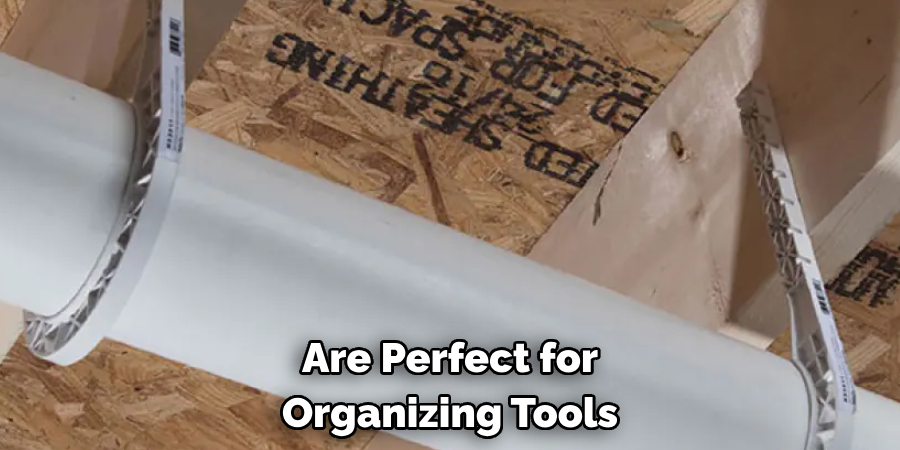
Things to Consider When Using Metal Hanger Strap
When it comes to using metal hanger straps, there are a few important things to keep in mind. These considerations can help ensure that you use the strap properly and safely for your specific project.
- Type of Material: The first thing to consider is the type of material the hanger strap is made from. Most commonly, these straps are made from galvanized steel, which is strong and durable. However, there are also options available in stainless steel or aluminum for specific needs or preferences.
- Thickness and Width: The thickness and width of the hanger strap will determine its strength and load-bearing capacity. Thicker straps can hold more weight, but they may also be harder to bend and work with. Make sure to choose a size that is appropriate for your project and its weight requirements.
- Installation Method: Metal hanger straps can be installed using different methods, such as nailing, screwing, or clamping. Depending on the material you’re attaching the strap to and the level of support needed, one method may be better than another. It’s important to carefully consider the installation method before beginning your project.
- Compatibility: While metal hanger straps are versatile and can be used for various purposes, it’s important to ensure that the strap you choose is compatible with the materials it will be supporting. For example, a stainless steel strap may not be suitable for use with copper pipes due to potential chemical reactions.
- Environment and Conditions: Another factor to consider is the environment and conditions in which the hanger strap will be used. If it will be exposed to moisture, extreme temperatures, or corrosive chemicals, you may need to choose a specific type of strap that can withstand these conditions.
Common Mistakes to Avoid When Using Metal Hanger Strap
Metal hanger strap is a versatile material that is widely used in construction and DIY projects. It is commonly used to secure ductwork, plumbing pipes, and electrical wires. However, despite its widespread use, there are some common mistakes that people make when using metal hanger strap.
Not Using Proper Tools
One of the most common mistakes people make when using metal hanger strap is not using the proper tools. Metal hanger strap requires specific tools such as metal snips or tin snips for cutting, and a hammer or mallet for bending and shaping. Using the wrong tools not only makes the job more difficult but can also cause damage to the strap, making it less effective in securing materials.
Overlapping Strap Joints
Another mistake to avoid when using metal hanger strap is overlapping the joints of the strap. Overlapping the joints may seem like a quicker and easier solution, but it weakens the structural integrity of the strap. It is important to remember that the joints should be butt-jointed, meaning they should be placed side by side without overlapping.
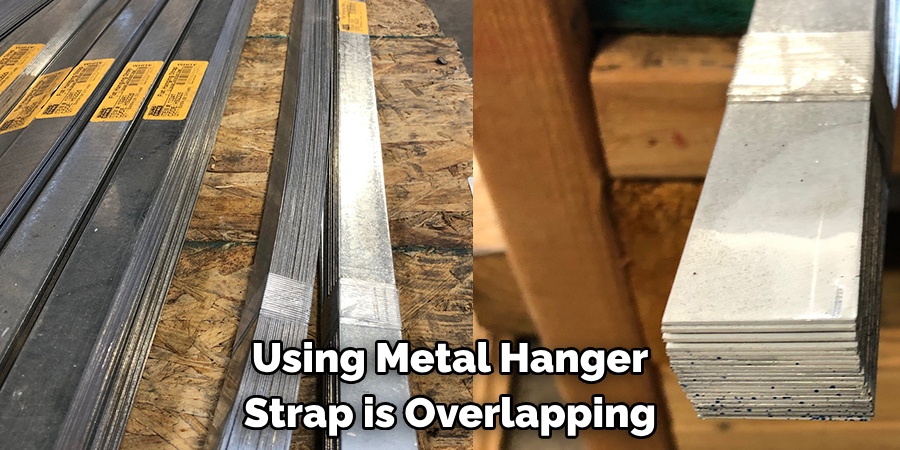
Improper Fastening
Proper fastening is crucial when using metal hanger strap. Some common mistakes include not securing the straps tightly enough or using too few fasteners. This can cause the straps to become loose and ineffective in securing the materials. It is important to use enough fasteners, evenly spaced along the strap, and to tighten them properly.
Conclusion
Metal hanger straps are a versatile and useful tool that can help with a variety of difficult tasks. When used properly, these durable straps can provide an effective and convenient way to hold heavy objects securely. It is important to remember to use them properly and safely — to account for the weight and size of the items before you begin, and to make sure you attach it securely.
With their capacity for supporting heavy loads and adapting easily to any shape, metal hanger strap is an essential tool in any home or work shop! So now you know how to use metal hanger strap, why not give it a shot? There’s no better time than now to start using this handy tool in your day-to-day activities.
Edmund Sumlin is a skilled author for Metal Fixes, bringing 6 years of expertise in crafting a wide range of metal fixtures. With a strong background in metalwork, Edmund’s knowledge spans various types of fixtures, from decorative pieces to functional hardware, blending precision with creativity. His passion for metalworking and design has made him a trusted resource in the industry.
Professional Focus:
- Expert in Metal Fixtures : Edmund aesthetic specializes in creating durable and innovative metal fixtures, offering both appeal and functionality. His work reflects a deep understanding of metalworking techniques and materials.
- Sustainability Advocate : He is dedicated to using sustainable practices, ensuring that every fixture is crafted with eco-friendly methods while maintaining high-quality standards.
In his writing for Metal Fixes, Edmund provides valuable insights into the latest trends, techniques, and practical advice for those passionate about metal fixtures, whether they are professionals or DIY enthusiasts. His focus on combining artistry with engineering helps others discover the true potential of metal in design.


